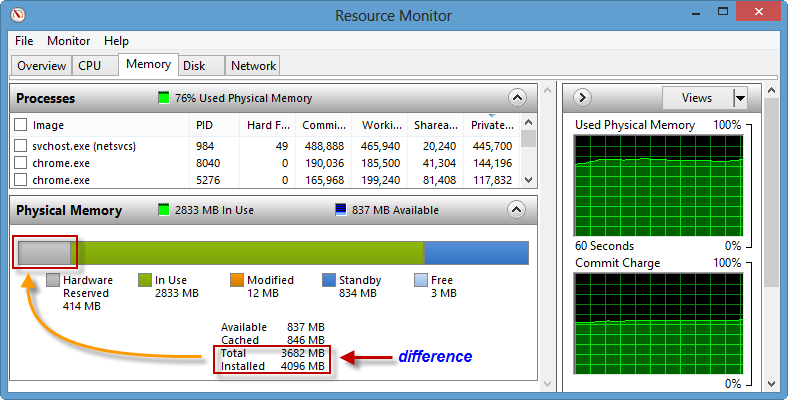

Although from the point of view of design pattern, abstraction can help to build more flexible software architect. Be careful about using a design pattern with "abstraction".Here is a list of tips and best practices for improving memory usage in Android applications: How to Improve Memory UsageĪndroid is a worldwide mobile platform and millions of Android developers are dedicated to building stable and scalable applications. If you need your app to live longer in the background, de-allocate unnecessary memory before moving to the background and the Android system will less likely generates error message or even terminates the app. Currently the maximum background process count is 20 (depending on the specific device configuration). When the system runs low on memory, it will kill processes according to the LRU strategy, but it will also consider which application is the largest memory consumer. Examples of large heap applications are Photo/Video Editor, Camera, Gallery, and Home Screen.Īndroid stores background application processes in a LRU cache. Applications start up with 2 MB, and the maximum allocation, marked as "largeHeap," is limited to 36 MB (depending on the specific device configuration). The Dalvik* Virtual Machine’s heap size for application processes is limited. Android Memory ManagementĪndroid uses paging and mmap instead of providing swap space, which means any memory your application touches cannot be paged out unless you release all references. Additionally, improving memory management, detecting and avoiding memory leaks, and analyzing memory usage are covered. This article introduces Android Memory Management and explains various aspects that play a role in the management system. But sometimes you are unlucky and find that so many tiny member variables and temporaries are allocating memory that there is no simple fix, meaning you have to refactor code, which involves potential risk, just to save kilobytes or even bytes of memory.

Luckily, you locate the root cause and fix the memory killer. You start debugging the application and analyzing the hprof file. Let’s imagine a worst-case scenario of compiling an application with millions of lines of code, when suddenly an out of memory (OOM) crash is triggered.


 0 kommentar(er)
0 kommentar(er)
